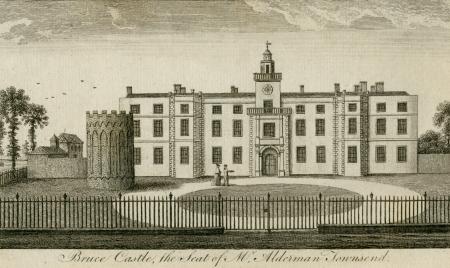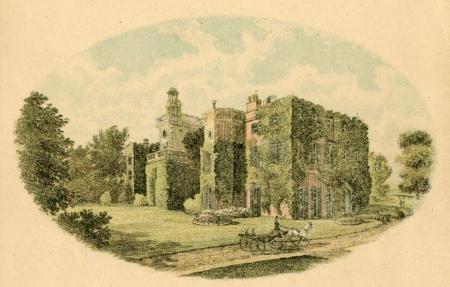When is a castle not a castle?
Bruce Castle is technically not a castle but a magnificent 16th century former manor house for Tottenham, steeped in a thousand years of history.

Grade 1 listed and a well-loved landmark, Bruce Castle is one of the two largest and most important Tudor houses remaining in the greater London area. This manor house set in 20 acres of parkland is an outstanding architectural treasure and remarkable survivor in a highly developed urban landscape.
Over the past five centuries, the manor house has had continuous occupation, each colourful aristocratic owner making their own significant architectural legacy. Sir William Compton, Henry VIII's closet courtier and Groom of the Stool, held the manor and built the 'mysterious' castellated Tudor Tower here in 1514. He also made improvements for the royal visit of the King, meeting his sister, Margaret Tudor, Queen of the Scots, at 'Maister Compton's House'.
Upon Ascension Day the Queen of Scotland came... The King's Grace met her beside Totnam, at Maister Compton's house
After the royal favourite, the manor came into the hands of the gambler, the 3rd Earl of Dorset, before moving into the possession of the Hare dynasty for almost 200 years. The name ‘Bruce Castle’ was bestowed in the 1680s by Henry Hare, 2nd Lord Coleraine. Passionate about architecture, he remodelled Bruce Castle to his own design and challenged 17th century taste, adding the resplendent clocktower.
Intrigued by the fascinating antiquity of Tottenham. Henry traced landownership of the manor back to the medieval De Brus family. Coleraine loved the association of his fashionable home with the renowned Robert the Bruce, who became King of Scotland in 1306 and lost the De Brus estates in England, including Tottenham manor. You can see original manorial court rolls bearing the De Brus family name on display in the museum.

The Seat of Alderman Townsend c.1770
Subsequent owners have equally fascinating and nationally important histories. In the museum you can explore the story of Henrietta Hare, an illegitimate and French-born woman and how her marriage to James Townsend MP secured the house and Hare dynasty survival into the 19th century. You can also find out about the family tree and the Townsend family's African heritage.

Bruce Castle School Brochure 1869
The most famous resident of Bruce Castle was Sir Rowland Hill, creator of the Penny Post, which transformed the world's postal system. The Hill family ran the radical Bruce Castle School from 1827 and as a school the house was saved from Victorian redevelopment.
Philanthropist Joshua Pedley bought the estate in 1891. His vision was to establish a museum and park at Bruce Castle and he encouraged the Tottenham Local Board to purchase it for future generations to enjoy and explore. Pedley's vision continues to this day.